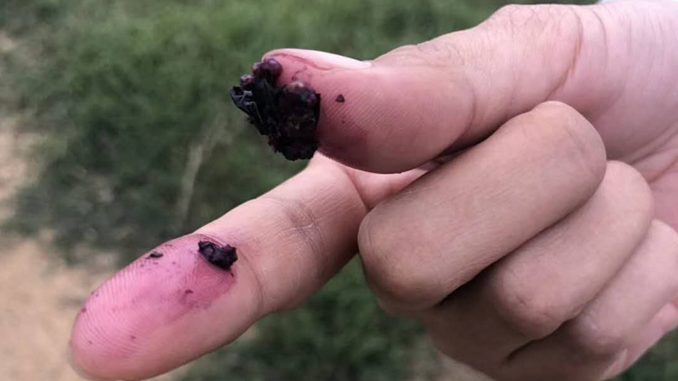
With Marselan-making projects in coastal Penglai and inland Huailai, winemaker Tong Lili of Excelsis is among the more intriguing people in the wine trade. Tong also has a strong consumer focus, having tested her wines in over 50 sessions around China to see firsthand what people like. I asked Tong about this year’s harvest, about regional differences, about using this grape as a single variety or in blends, and more.
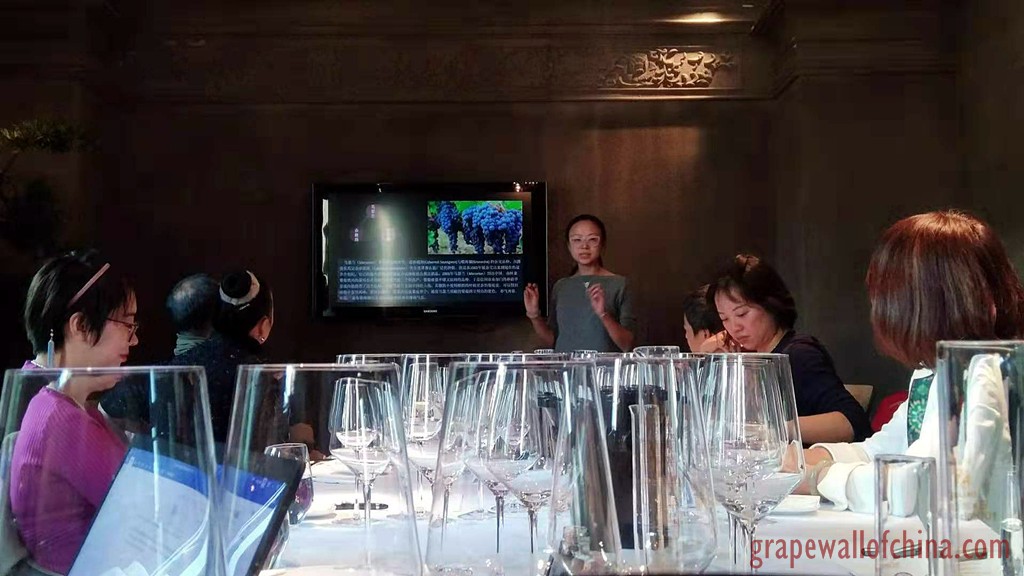
JB. So, how’s this year’s harvest?
TLL. Rainfall was above average for Penglai this year. We had average rainfall in the spring, but a very rainy summer, especially during veraison. During the fall, temperatures have been below average. As a result of all these factors, I delayed harvest three weeks later than last year.
Despite all the rain, our focus on balancing the vigor of vines for the past five years meant our grapes not only have less disease but also were more productive than before. The ripeness is also great for a cool year and the berry size is bigger than in previous years. I am optimistic we have good quantities of high quality grapes for this year’s harvest in Penglai.
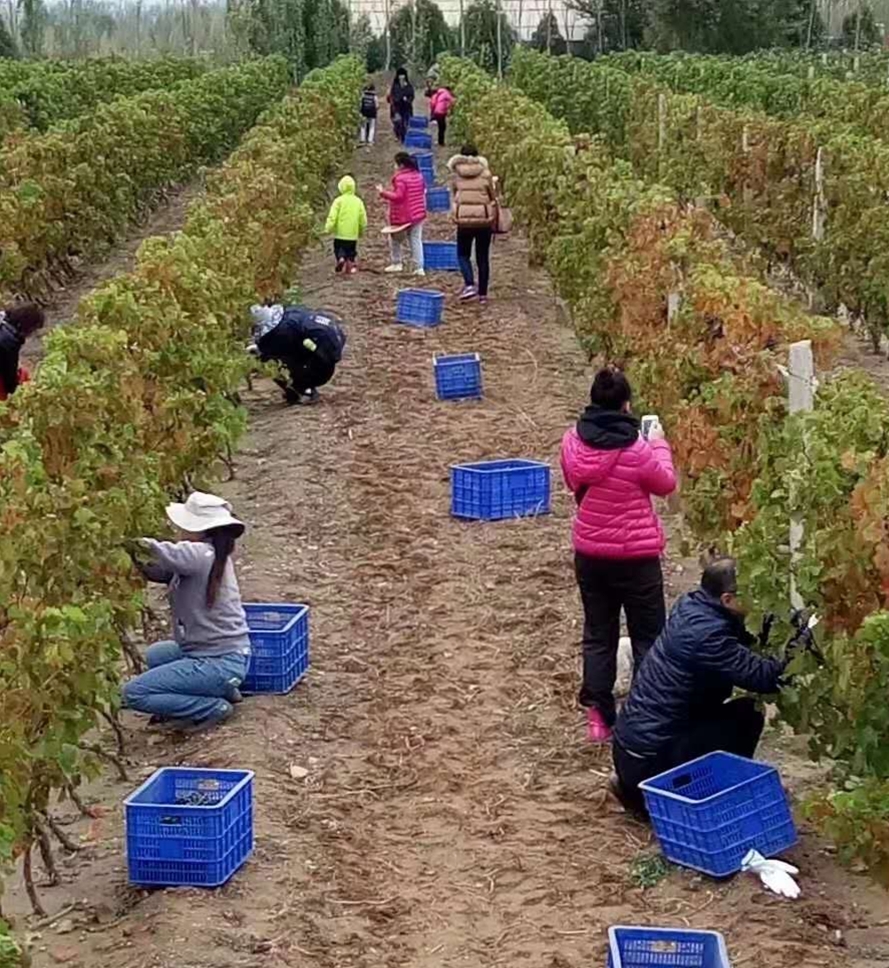
You’ve made Marselan for years in Penglai, Shandong and Huailai, Hebei. What are the biggest lessons you learned?
There are three lessons I can share. First, every year we test the sugar levels at the same time. Each time, the Hebei sugar level is higher than the Shandong sugar level by 5% to 10%. Besides that, the tannins, fruit flavor profiles and acidity levels all show differently, which makes the wine styles between the two places very different. Hebei wine has more body and tannins with richer red and black fruit flavors while Shandong wine has more red fruit flavors, a lighter body and softer light tannins.
Second, although the two regions are far apart, the harvesting time is similar, no matter if it is a cool year or hot year. Based on my experience over the past five years, Shandong’s Marselan harvest is generally one week earlier than Hebei’s harvest.
Third, the type and timing of the work by region is different. For example, in Shandong, we do not have to bury the vines during winter, so after harvest there is not a lot of work to be done, unless the vineyard needs to be fertilized. At the same time, there are more pruning options that have to be considered; cane pruning, spur pruning or both. However, in Hebei vineyards, there is a lot of time, effort and expense involved with burying and uncovering vines. Also, cane pruning is really the only option.
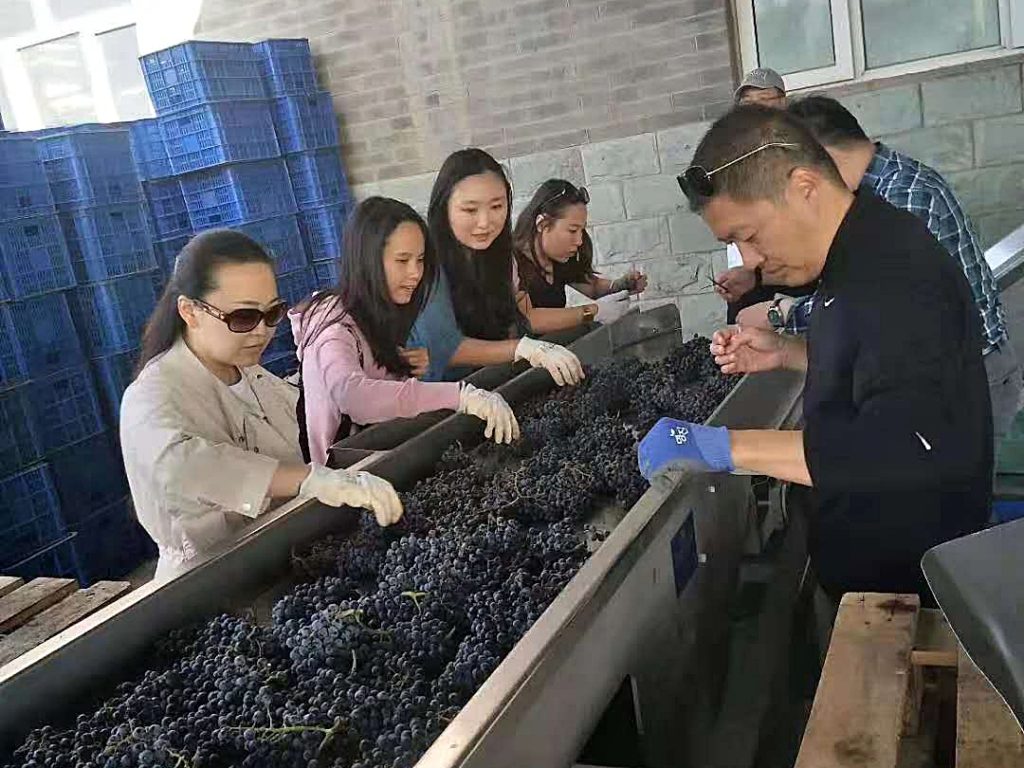
Your first Marselan was from Penglai in 2016. What makes that place special?
The maritime climate with its cooling effect and higher humidity result in a lighter body, and a more floral nose and mouth, compared to Marselan that is grown in continental climates. Based on my tasting experience, the tannin structure and quality in Shandong is softer and lighter than in Hebei. However, Penglai Marselan shows more elegance.
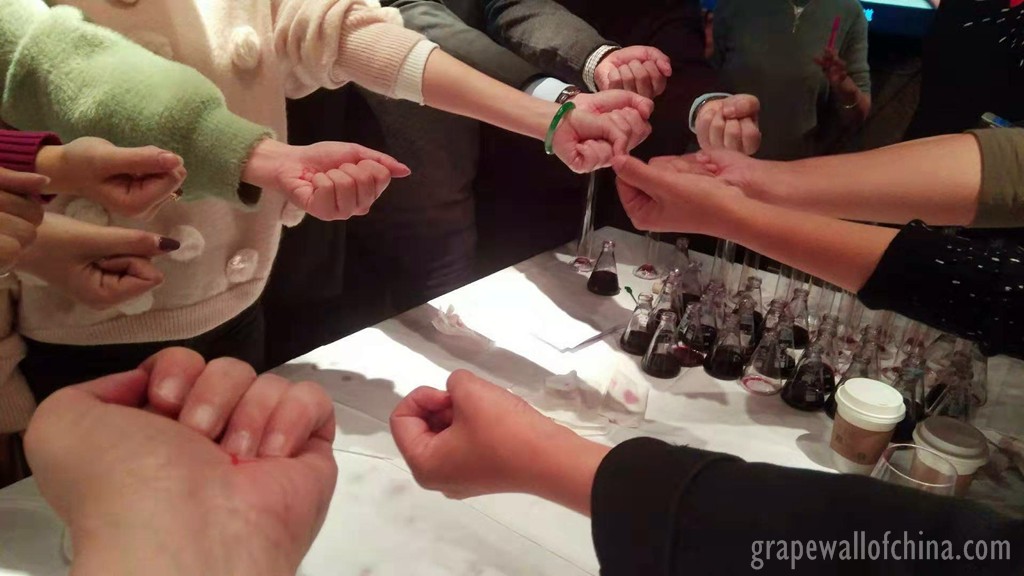
Some people say Marselan is best as a blending grape, not as a single variety. What’s your take?
I think a good Marselan is able to be a single variety wine. It just depends on what kind of style the winemaker is seeking. On the other hand, Marselan, like many other wines, can be improved by blending it with a varietal that strengthens the texture on the palate.
Over the last five years, I have conducted over 50 blending sessions with wine-lovers, wine professionals and regular consumers in Beijing, Shanghai, Guangzhou, Shenzhen and Guizhou. I observed in my research that the most popular blend for all these sessions is, on average, 75% Marselan blended with Cabernet Sauvignon, Merlot, Petit Verdot and / or Tempranillo for the rest.
(See this post for a recap of one of Tong’s blending sessions in Beijing.)
What’s your favorite dish with the Marselan you make?
The Marselan I make can be paired with all kinds of dishes, from Penglai seafood to Argentine beef. However, my favorite dish to match my wine is seafood. I believe the local fruit profile of any wine, including my Penglai Marselan, matches well with the local foods and cooking styles.
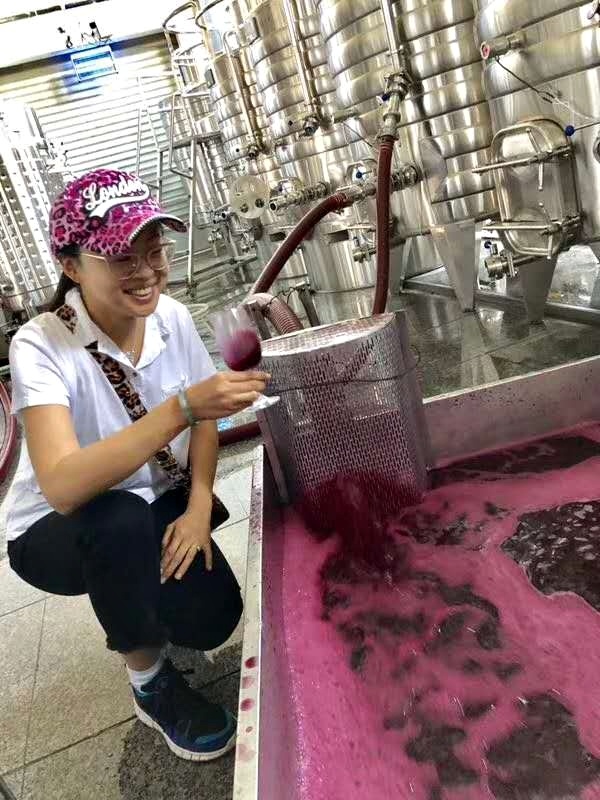
Grape Wall has no sponsors of advertisers: if you find the content and projects like World Marselan Day worthwhile, please help cover the costs via PayPal, WeChat or Alipay.
Sign up for the free Grape Wall newsletter here. Follow Grape Wall on LinkedIn, Instagram, Facebook and Twitter. And contact Grape Wall via grapewallofchina (at) gmail.com.

Leave a Reply
You must be logged in to post a comment.